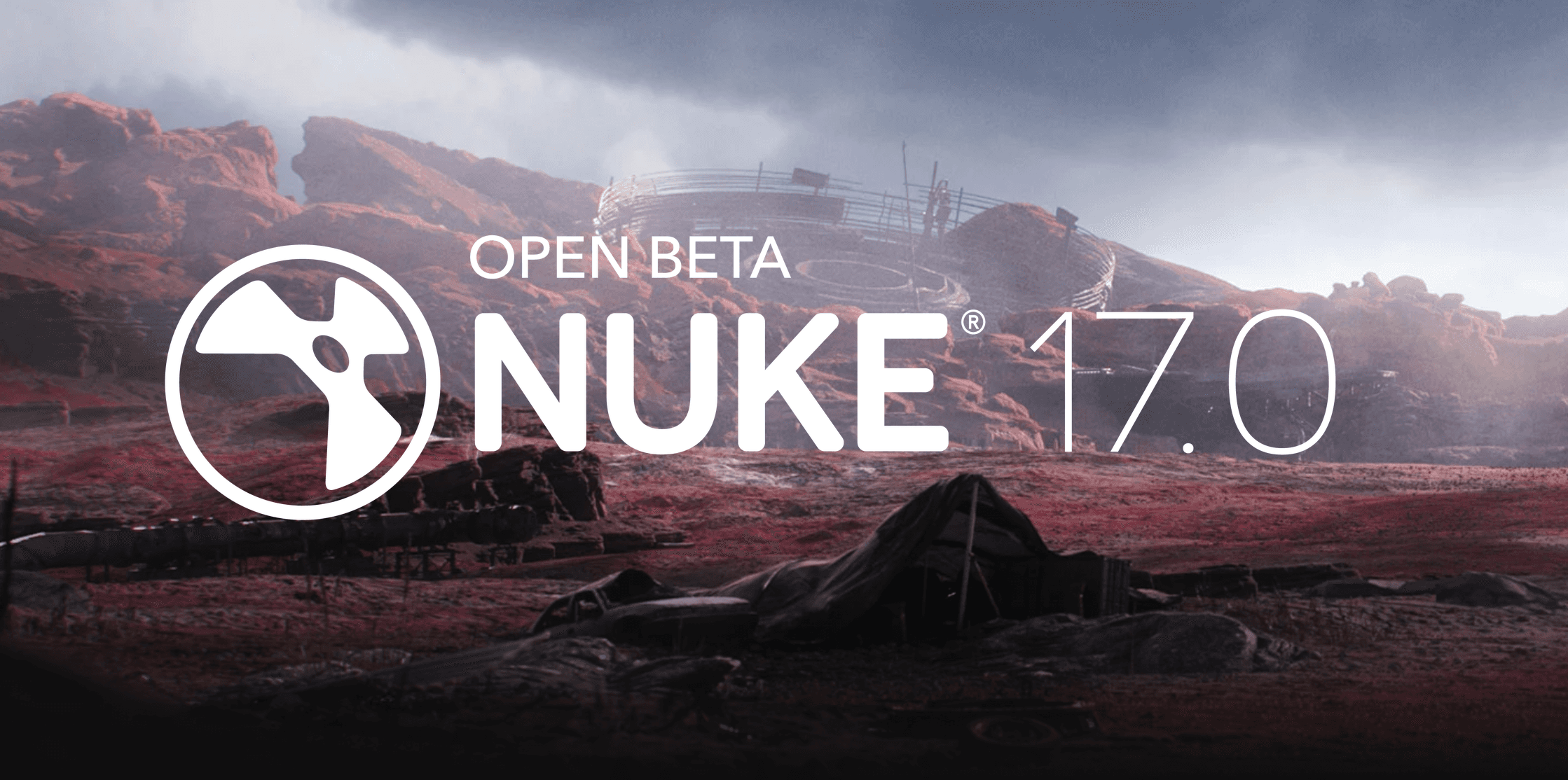

Michael Rubloff
Jan 17, 2025
If you’ve been following the evolution of radiance field-based representations, you already know how disruptive Gaussian Splatting has become. Instead of building 3D geometry from polygons, it renders scenes using thousands (or millions) of overlapping 3D Gaussians, giving us a level of realism and light fidelity that traditional photogrammetry just can’t touch.
3DVista just dropped Update 2025.0, and it’s one of their biggest yet with full support for 3D Gaussian Splatting. 3DVista users can now load and explore these models directly in the upgraded 3D tab, joining a wave of tools embracing this next-gen format.
But what makes this truly exciting is what it unlocks inside 3DVista’s ecosystem. You can now load Gaussian Splatting models directly into the upgraded 3D tab. That means not only faster performance and dramatically reduced file sizes, often ten times smaller than GLBs, but also deeper interactivity. You can zoom in for technical precision, take measurements, and view every subtle reflection without sacrificing performance or realism.
If you’re using 3DVista VT Pro, the integration goes even further. Splatting models can now live side-by-side with your traditional panoramas, giving you the flexibility to present content in multiple modes—fly over, orbit, or first person. You can even layer in interactivity: clickable hotspots, measurement tools, data overlays, and timeline comparisons between different stages of a project. The models support both PLY and SPLAT formats, which means you’re covered whether you’re exporting from open-source pipelines or using more polished toolchains.
Another thoughtful addition is the new Dynamic Resolution feature. If your device starts to struggle with performance mid-session, the system will automatically lower model quality just enough to maintain smooth interaction—then scale things back up once your frame rate stabilizes. Even lower-powered devices can still handle complex models without lag or stuttering.
There are also a handful of smaller but incredibly useful updates in this release. The Orbit camera now supports a double-click action to recenter the pivot point, making navigation feel more intuitive. The VR menu, which was previously limited to panoramas, is now available for 3D models too. Just glance upward in your headset to access navigation controls. If you’re working with constrained environments, the new Yaw and Pitch limits for the Fly Over camera give you tighter control over where a user can look or move, helping you guide the experience without breaking immersion.
Performance improvements also continue behind the scenes. Models can now stay loaded in memory even when switching to unrelated panoramas, which dramatically reduces loading times when jumping back and forth. And as of this release, WebP is now the default image format for new projects, shaving precious seconds off loading times while keeping your visuals sharp.
Lastly, there’s a new event trigger for Live Panorama loops. A lightweight but powerful feature that lets you do things like show a message or activate a hotspot at the end of each cycle.
It's exciting to continue to see more platforms embrace the lifelike 3D representations of radiance fields. More to come.







